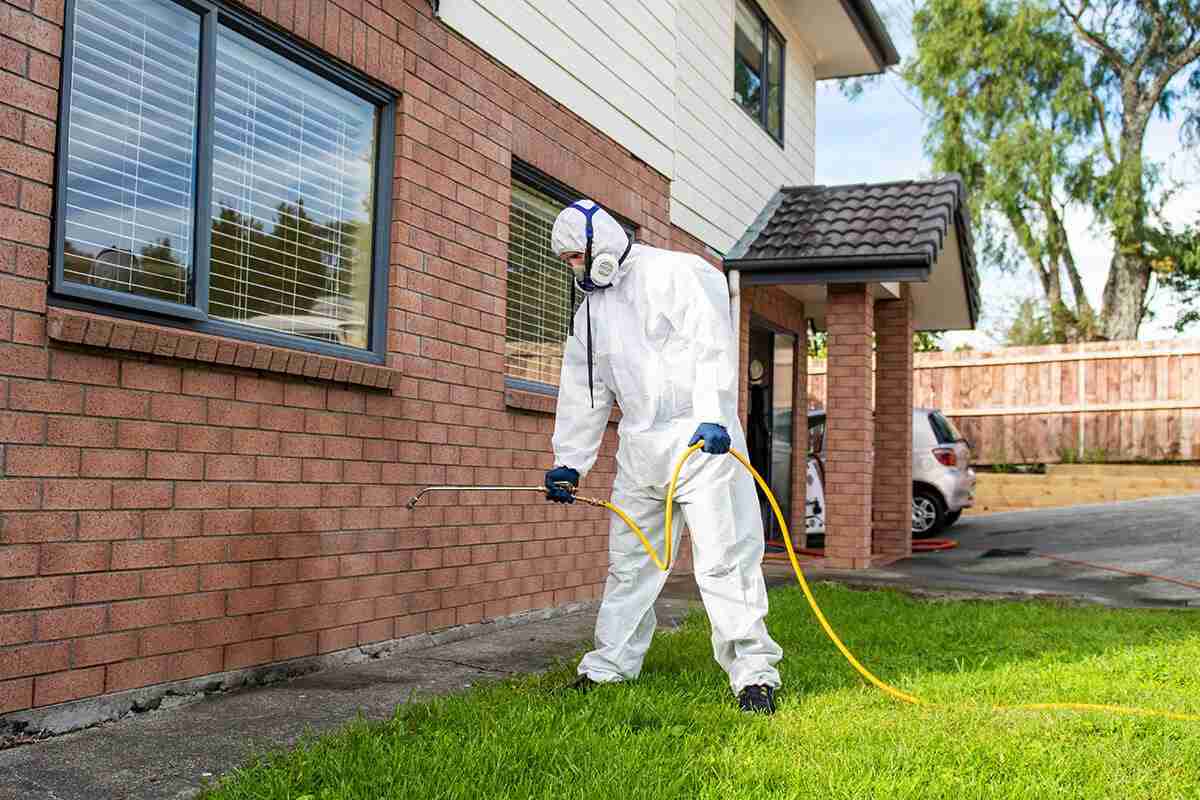Understanding the Silent Threats in Your Home
Our homes are our sanctuaries, offering safety, comfort, and protection from the outside world. However, hidden within walls, beneath floors, or tucked away in attics, an unseen threat may be festering: pests. From termites and cockroaches to rats and bed bugs, these unwanted guests not only damage property but also compromise health and hygiene. While most people only react once they notice signs of an infestation, by then, the problem has often become far more serious—and expensive—to handle.
This is where regular pest control comes into play. Rather than waiting for pests to invade, regular preventive treatments and inspections can eliminate problems before they start. The benefits are more than just pest-free living—they extend to peace of mind, financial savings, and a healthier living environment.
Prevention Over Cure: The Cost-Efficiency of Regular Inspections
Many homeowners hesitate to invest in routine pest control services because they assume it’s an unnecessary expense. However, this assumption often leads to greater financial burdens. For instance, termites can silently chew through wooden structures for months or years before any visible damage becomes apparent. By the time the infestation is discovered, structural repairs can cost thousands of dollars.
In contrast, scheduled inspections and treatments are relatively inexpensive and designed to detect early signs of pest activity. This allows for targeted interventions that are far less invasive and significantly more affordable. Long-term, the cost of preventive care is always lower than that of repair and restoration after an infestation.
The Health Factor: Safeguarding Your Family
Pests aren’t just nuisances—they’re carriers of disease and allergens. Cockroaches, for example, are known to trigger asthma and allergies, particularly in children. Rodents can spread viruses through droppings and urine, while mosquitoes carry dangerous diseases like dengue and malaria in many regions.
A proactive pest management approach reduces these risks significantly. Regular treatments help eliminate breeding grounds and interrupt pest life cycles, making your home a safer and healthier place for your family. For households with small children, elderly individuals, or anyone with a compromised immune system, this protection is especially critical.
Maintaining Property Value and Aesthetics
Your home is likely one of your biggest investments, and like any asset, it requires consistent maintenance. Pest damage can severely diminish your property’s market value. From chewed wires to stained walls and contaminated food supplies, the impact of pests can be both visible and deeply rooted.
Routine pest control not only preserves the structural integrity of your home but also maintains its aesthetic appeal. A clean, pest-free environment feels more welcoming and is more attractive to potential buyers or renters. Even if you’re not planning to sell anytime soon, protecting your investment ensures long-term satisfaction and sustainability.
Eco-Friendly Solutions Are on the Rise
One common concern about pest control involves the use of chemicals and their effects on the environment and personal health. Fortunately, modern pest control methods have evolved significantly. Today, many service providers utilize eco-friendly and non-toxic solutions that are safe for both humans and pets.
These advanced methods focus on integrated pest management (IPM), which combines biological, mechanical, and chemical tools to achieve effective pest control with minimal environmental impact. This ensures you’re not just managing pests—but doing so responsibly.
Seasonal Patterns and Why Timing Matters
Pest activity often fluctuates with the seasons. In warmer months, insects like ants, cockroaches, and mosquitoes become more active, while rodents tend to seek shelter indoors during colder months. Understanding these seasonal trends is essential for timely and effective pest control.
Scheduling services based on the changing seasons ensures your home is always protected. For instance, a spring inspection can help prevent a summer infestation, while a fall treatment can guard against winter invaders. Regular pest control aligned with seasonal cycles maximizes effectiveness and keeps surprises to a minimum.
Peace of Mind Through Consistency
Perhaps one of the most underrated benefits of routine pest management is the peace of mind it brings. Knowing that your home is being professionally monitored and treated regularly removes the constant worry of an unexpected infestation. You can rest easy knowing your family and possessions are protected.
Moreover, many pest control programs offer customized schedules tailored to specific household needs. Whether monthly, quarterly, or biannually, these services are designed to fit seamlessly into your lifestyle without disruption.
DIY Isn’t Always Enough
While it’s tempting to rely on DIY solutions like store-bought sprays or home remedies, these measures are often superficial and only treat visible symptoms, not the root cause. Pests are resilient and can quickly adapt or relocate within the home. Without professional knowledge and tools, you’re likely treating the problem on the surface while the real infestation grows hidden.
Professional pest control specialists understand pest behavior, biology, and how to eradicate them from the source. They also have access to industry-grade products and equipment that are not available to the general public.
Final Thoughts: A Small Step for Long-Term Comfort
Regular pest control is not merely a luxury; it is a necessity for those who want to live in a clean, healthy, and stress-free environment. It’s a form of preventive healthcare for your home—silent, invisible, and crucial. From protecting your family’s health to saving money in the long run, the benefits of proactive pest management are undeniable.
In an era where home hygiene and safety are more important than ever, investing in consistent pest control services is a wise and forward-thinking choice. The peace of mind alone is worth it—but the lasting protection is what truly makes it essential.

